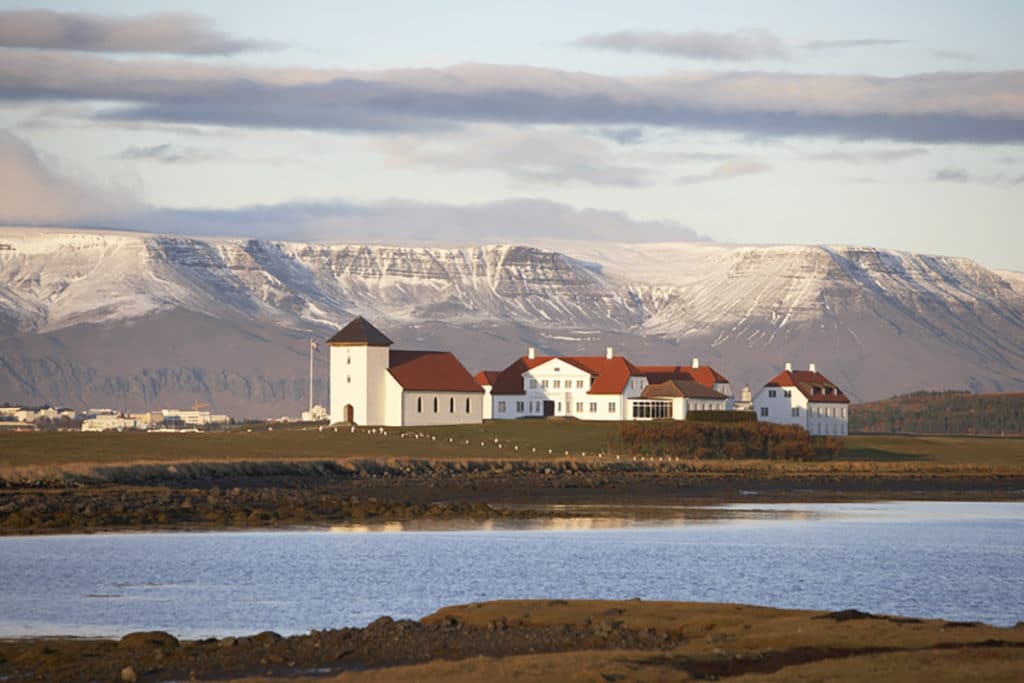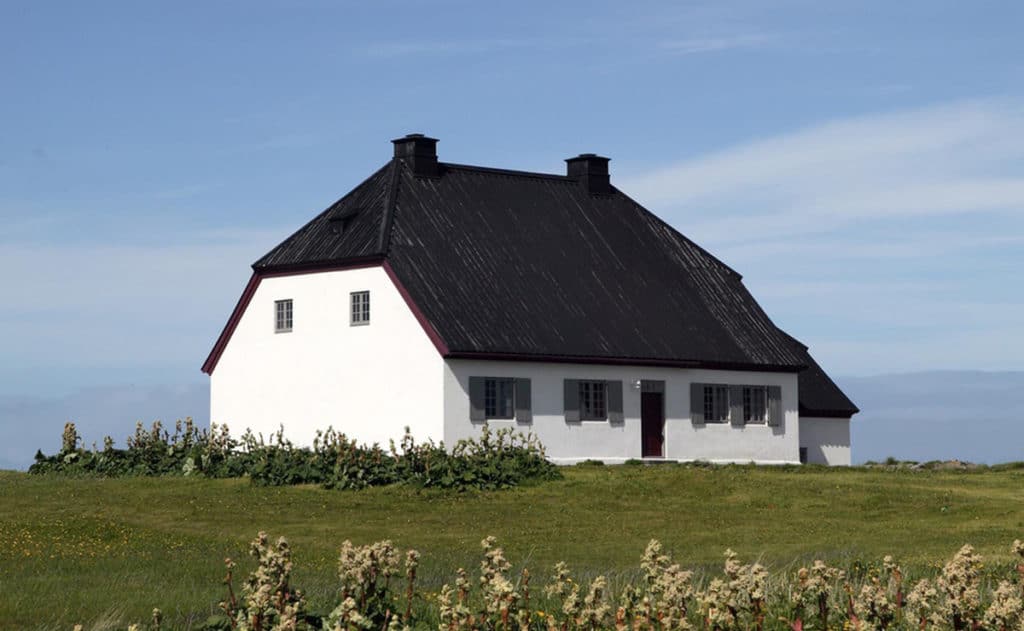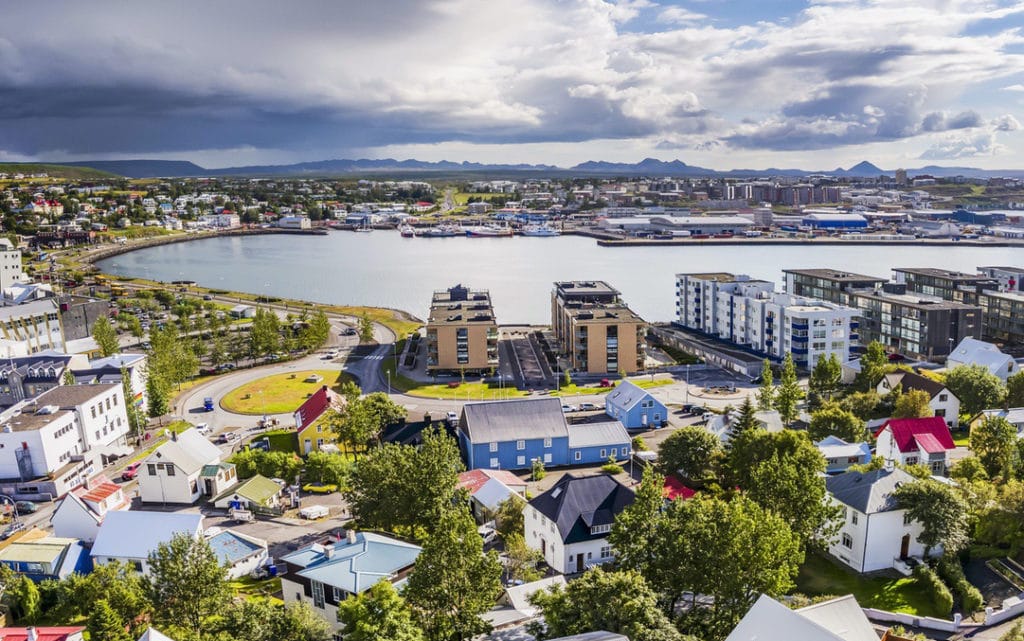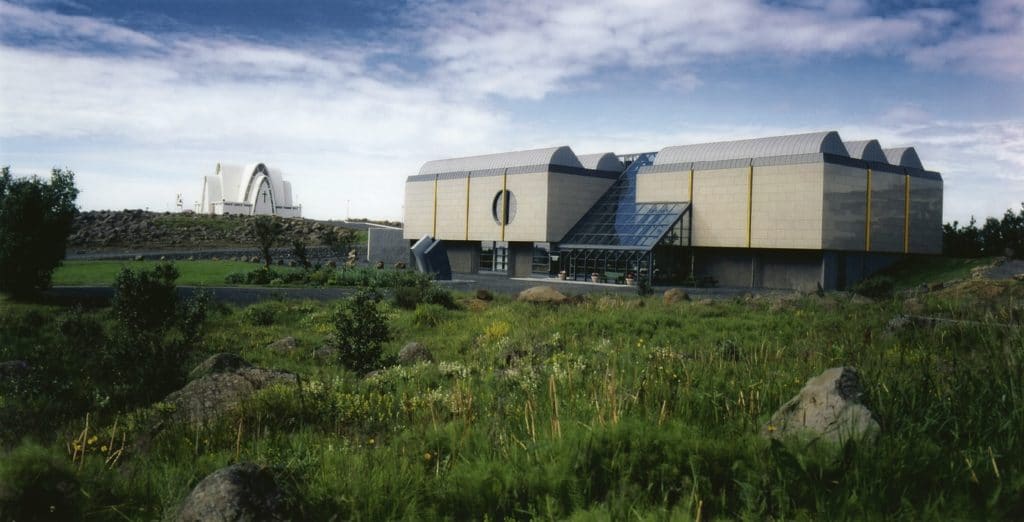Garðabær is an important part of the capital area, a lively town with diverse landscapes, stretching from the beautiful Heiðmörk Nature Reserve to the pleasant Álftanes peninsula.
The town has a rich historical background, which can be explored in detail at the Hofsstaðir Archaeological Park, where remains of a large farm from the age of settlement are on display. The site dates to the end of the 9th century when Norwegian Vikings first settled this arctic island. While visiting, you can learn more via their touch screen display. There’s free admission and it’s open 24 hours a day.
Iceland has a long history of art and design. Some of the creative results have been preserved in the Museum of Design & Applied Art at Garðatorg – the town centre. The museum’s objective is to collect, study, and present Icelandic design and crafts dating from the beginning of the 20th century to the present day.
Situated on a low-lying peninsula just south of the city centre, Álftanes is a small community of about 2,500 people. One of its major attractions is the swimming pool, featuring the largest waterslide in the country and Iceland’s only wave pool. If you’re a fan of the outdoors, Álftanes is also a hikers’ paradise with trails spanning 9 km around the unique shoreline.
Those who are fascinated by the feathery residents of Reykjavík will also be pleased to discover that the shoreline is filled with clear ponds bustling with birds.




